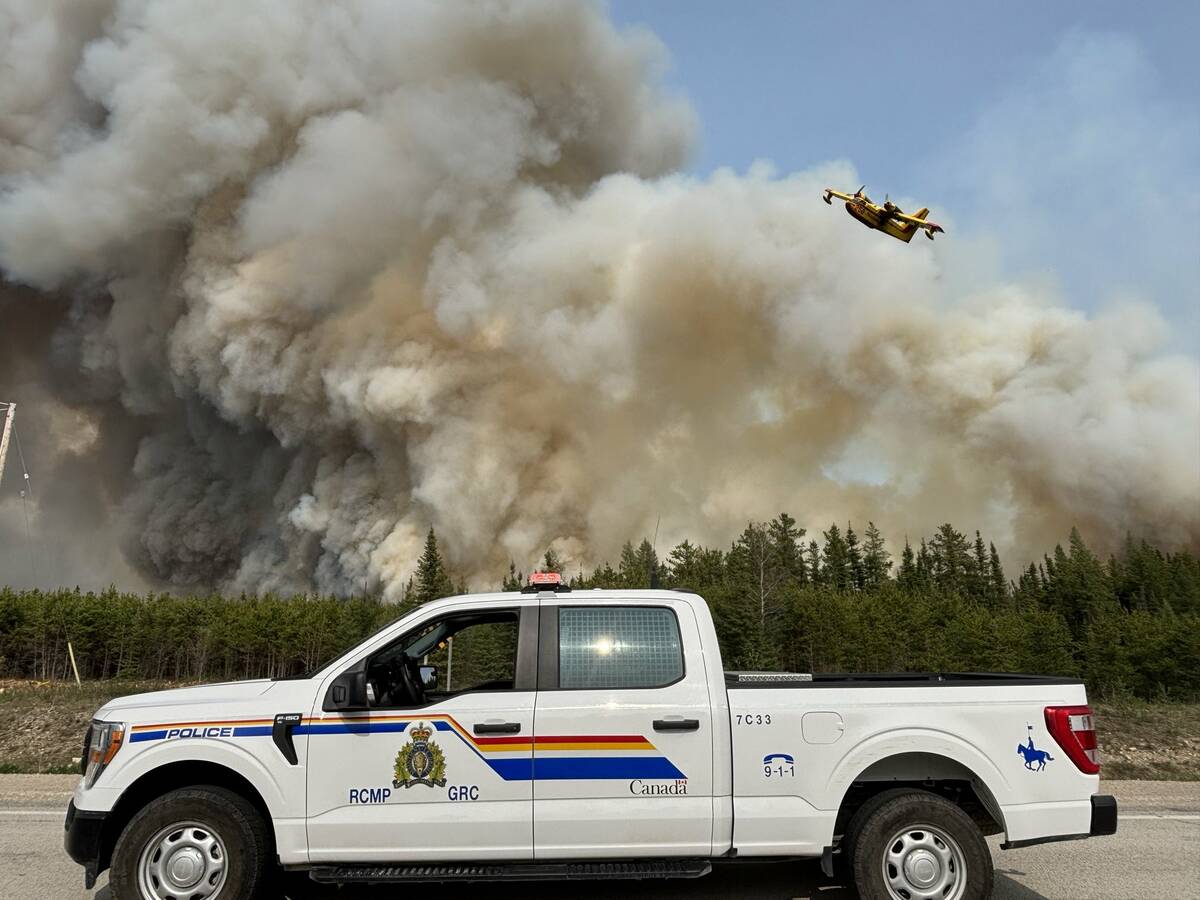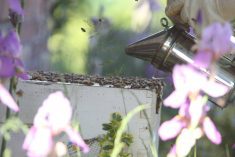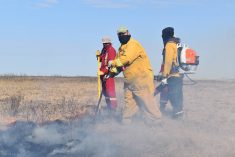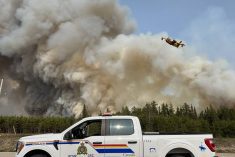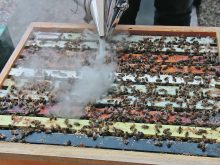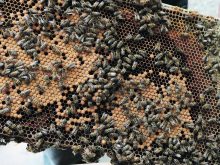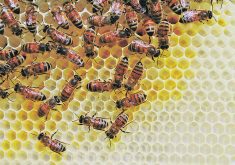Glacier FarmMedia – Honeybees also suffer during smoky days.
That’s been bad news for beekeepers in Manitoba and Saskatchewan, which have been blanketed by air quality advisories for long stretches of the last few months.
“Once bees start getting a lot of fire smoke, they just kind of settle into their hive and they won’t go out,” said Simon Lalonde, president of the Saskatchewan Beekeepers Development Commission, who raises bees near Clavet.
Read Also
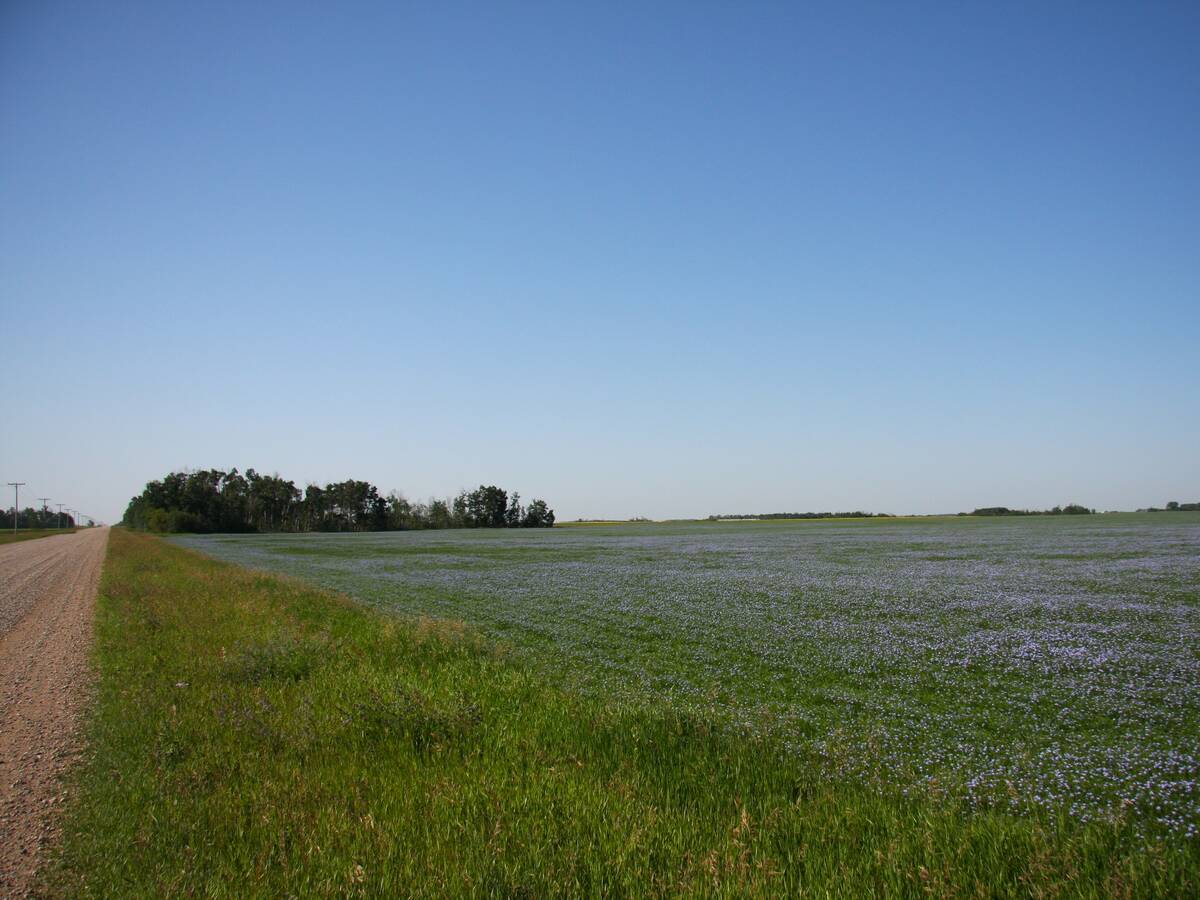
Farmland advisory committee created in Saskatchewan
The Saskatchewan government has created the Farm Land Ownership Advisory Committee to address farmer concerns and gain feedback about the issues.
“They won’t forage for pollen.… If you’re doing a queen breeding program, the queens won’t go through their mating flights because it’s too smoky out.”
Lalonde equated heavy smoke to a rainy day, without the benefit of rain.
“The bees are stuck inside doing nothing,” he said.
“If there are too many of those days in a row, the queen will start shutting down some of her brood production and, ultimately, that’s not good for the bee population.”
Paul Gregory, vice-chair of the Manitoba Beekeepers Association, raises bees in the province’s Interlake region.
“We’ve had some days in the last three weeks, like two or three days a week, that the bees are just not foraging the same,” he said last month.
Bees are attuned to weather conditions, and having smoke in the ambient air around the hive can make the bees go into emergency mode.
“We’re not noticing the foraging activity on very smoky days,” he said.
He notices the impact in his feeding schedule. Bees in his area go after various types of local flowers and local fruit blossoms, such as cranberry, but lack of foraging means he has to feed more sugar syrup to supplement his hives.
It could also result in less honey production for the year.
Bees start producing honey as soon as the snow melts and crocuses, dandelions and other crops start to emerge.
“They are always bringing in honey, but it’s only the surplus that we harvest,” Gregory said.
That early honey production, prior to the surplus, goes to bolstering brood and building numbers.
Actual honey harvest usually begins in mid-July.
In some warm, wet springs, there may be enough honey from dandelions to create an early harvestable excess, he added, but the reality this year has fallen far short.
As well, Lalonde said last winter was one of the toughest years for Saskatchewan beekeepers. There was more winterkill and more varroa mites.
The parasite has become a bane for beekeepers, weakening bees, transmitting disease and threatening the winter survival of colonies. Some people have lost all their hives because of the mites, said Gregory.
Beekeepers in Saskatchewan are trying to split their hives to rebuild their hive numbers, according to Lalonde. However, he stopped short of raising general alarm about a bad season.
“For some beekeepers, the smoke is slowing down some of their bee season and what the bees would normally be doing,” he said, but added that “we’re still probably early enough that they can recover from it. If we get good weather and a bit of rain, the bees might be able to catch up quite easily.”
One big issue, both this spring and the last few years, has been bears. Some parts of Saskatchewan have seen larger bear populations.
“There’s a higher bear population up in the north, and then that puts pressure on the young bears and pushes them down south,” he said.
Many beekeepers are taking advantage of Saskatchewan’s bear fence funding program, he added.


